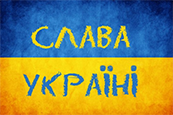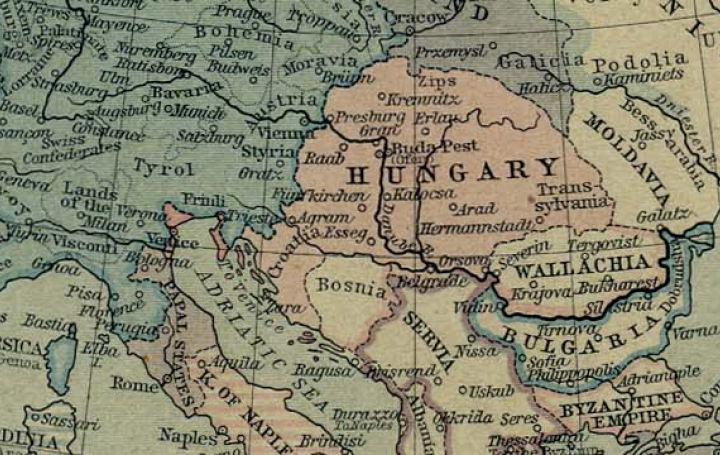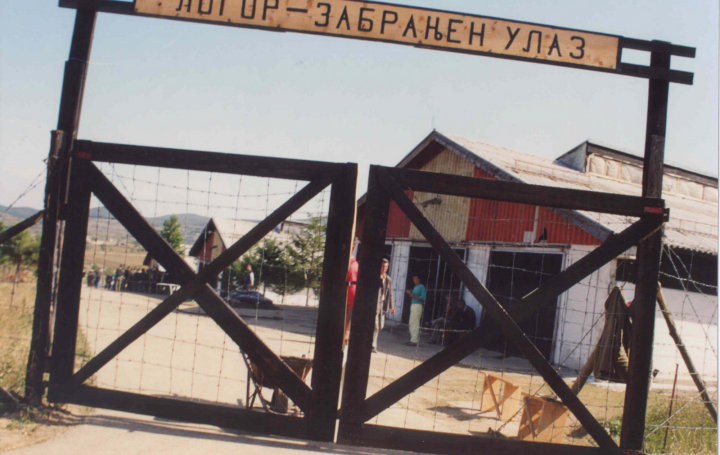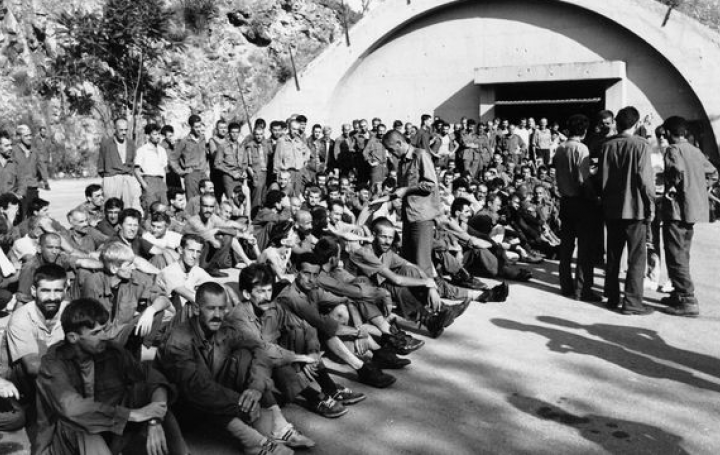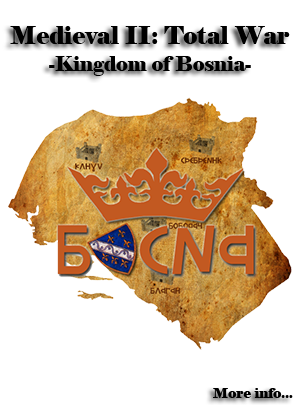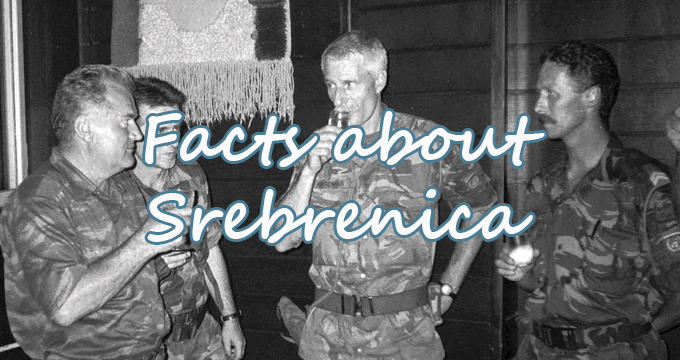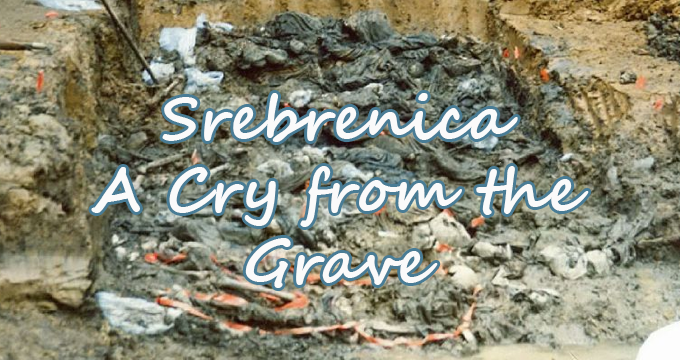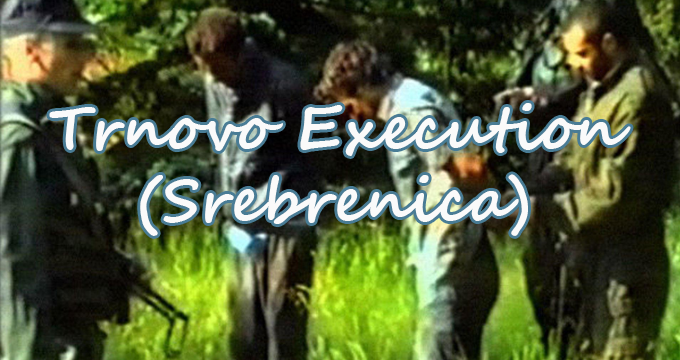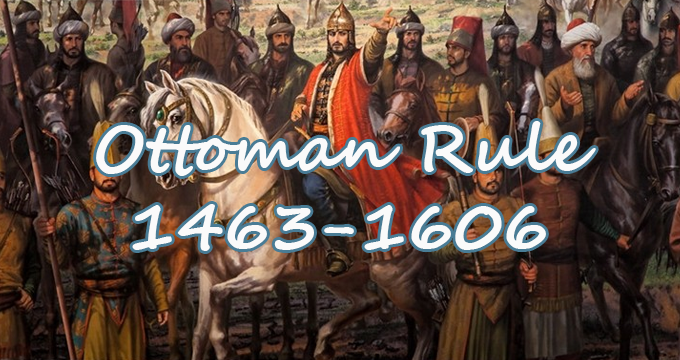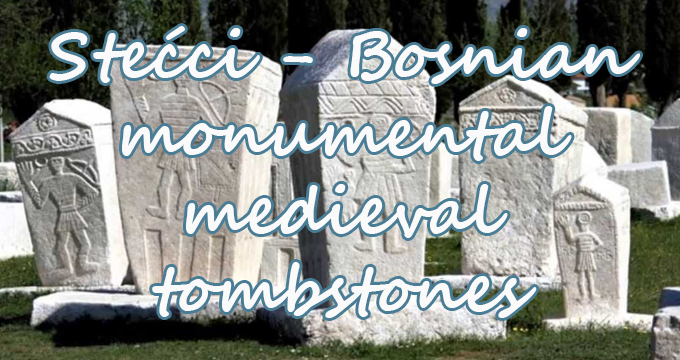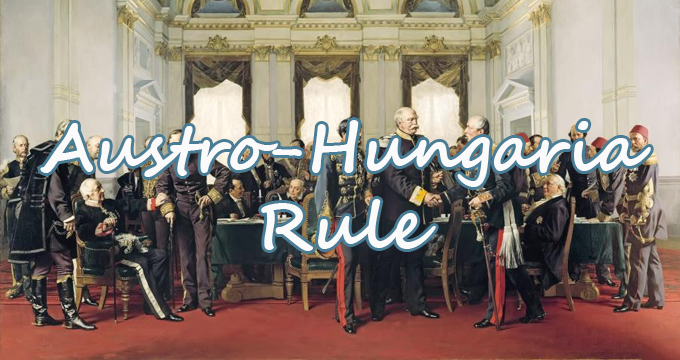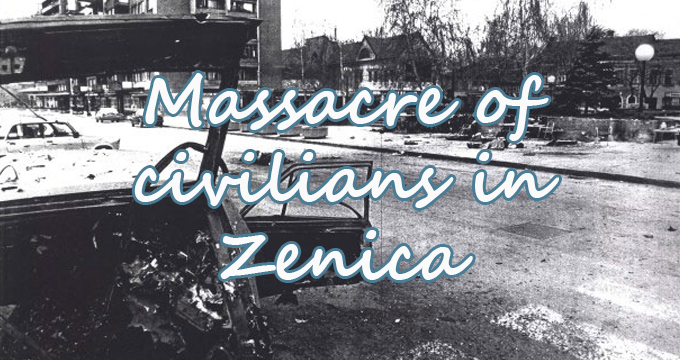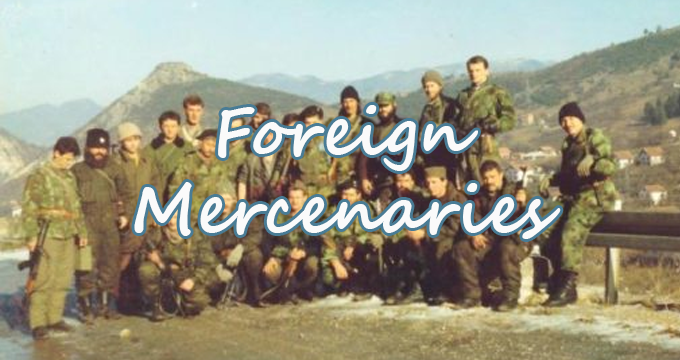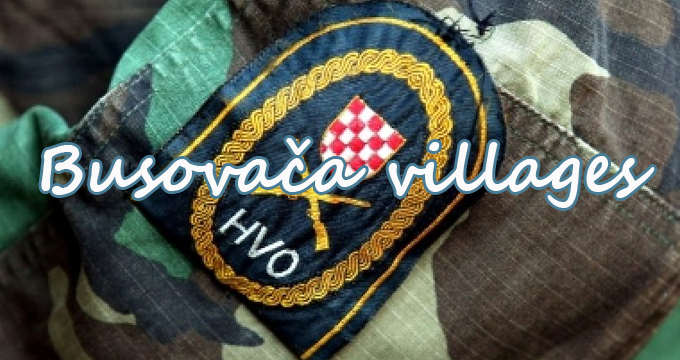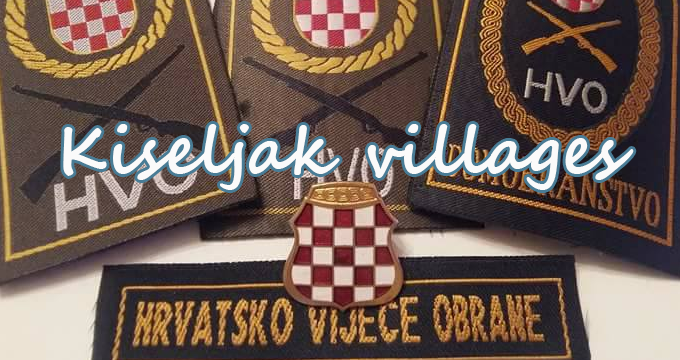On April 18, 1993, the Bosniak villages of the Kiseljak municipality came under attack. The background to the attacks was an order by colonel Tihomir Blaškić to an HVO brigade to capture two of the villages where all enemy forces were to be placed under HVO command. The villages of Gomionica, Svinjarevo and Behrici (which were all close to each other and connected by the main road) were attacked by the HVO, together with Rotilj, Gromiljak, Polje Višnjica and other Bosniak villages in this part of the Kiseljak municipality. The Bosniak population of these villages was either killed or expelled, houses and mosques were set on fire and, in Svinjarevo and Gomionica, houses were plundered. In the case of Rotilj the Bosnian Territorial Defence forces (TO) were asked to surrender their guns before the HVO shelled the village. As a result the lower part of the village was set on fire, twenty houses or barns were destroyed and seven civilians were killed. [36]
The HVO launched its attack on the village of Svinjarevo by firing 60, 80 and 120 millimetre mortars and anti-aircraft weapons. As soon as the shelling stopped, soldiers from the Bosnian Territorial Defence organised the evacuation of about 200 civilians from the village. The HVO infantry entered Svinjarevo and the neighbouring villages of Rauševac, Puriševo, Japojrevo and Jehovac, torched several houses belonging to Bosnian Muslims and killed ten civilians. The soldiers also took civilians to the Kiseljak barracks where they were imprisoned for several weeks. The attacks carried on until April 23, 1993.[37]
When ECMM Monitors visited the villages they found almost all the Bosnian Muslims had left, their houses had been burned and they concluded that ethnic cleansing had taken place in the area. The ICTY found that Dario Kordic was involved in these attacks in a municipality about 25 kilometers from Busovaca. The attacks occurred two days after the attacks on the Bosniak villages of the Lašva Valley and were part of the pattern of attacks on the Bosnian Muslims of Central Bosnia. Blaškic would not have launched the attacks without political approval which meant the approval of the local leadership in the person of Dario Kordić.[36]
References:
1. a b "ICTY: Kordić and Čerkez verdict - C. The April 1993 Conflagration in Vitez and the Lašva Valley - 8. Attacks on Villages in the Kiseljak Municipality". [36]
2. "ICTY: Blaškić verdict - 1. The April and June 1993 attacks against the villages in the Kiseljak enclave - vi) Svinjarevo". [37]

